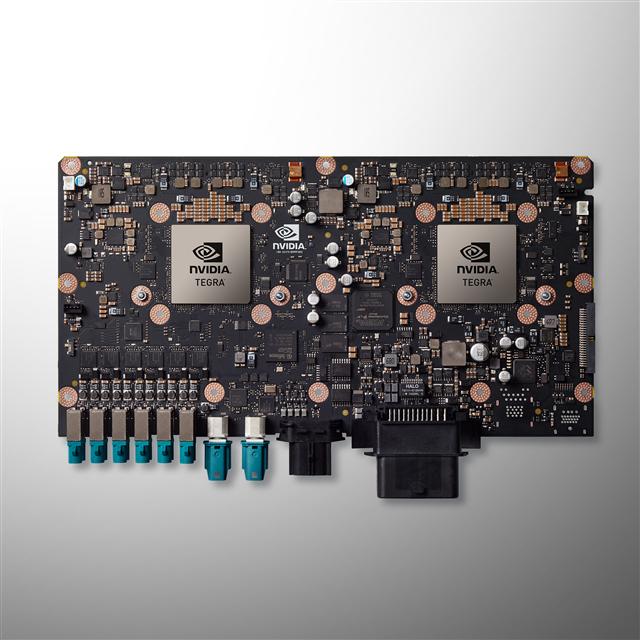
Nvidia has revealed Drive PX 2, an automotive supercomputing platform that processes 24 trillion deep learning operations a second, 10 times the performance of the first-generation Drive PX, now being used by more than 50 companies in the automotive world.
The new Drive PX 2 delivers eight teraflops of processing power. It has the processing power of 150 MacBook Pros, according to the vendor. And it's the size of a lunchbox in contrast to earlier autonomous-driving technology being used today, which takes up the entire trunk of a mid-sized sedan.
Nvidia said Volvo will be the first automaker to deploy Drive PX 2.
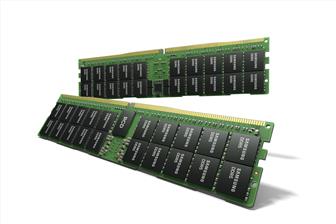
Samsung HKMG DDR5
Samsung Electronics has expanded its DDR5 DRAM memory portfolio with a 512GB DDR5 module...
Photo: Company

Nvidia GeForce RTX 30 series GPUs
Nvidia's GeForce RTX 30 series GPUs are powered by the company's Ampere architecture. The...
Photo: Company
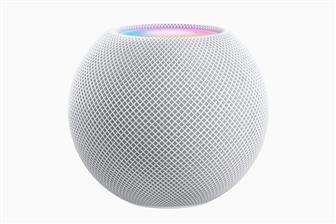
Apple HomePod mini
Apple's HomePod mini is the newest addition to the HomePod family. At just 3.3 inches tall,...
Photo: Company
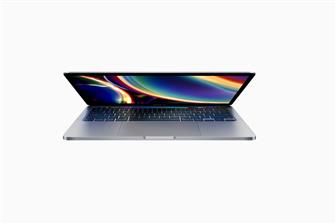
Apple 13-inch MacBook Pro with Magic Keyboard
Apple has updated the 13-inch MacBook Pro with the new Magic Keyboard for an improved typing...
Photo: Company
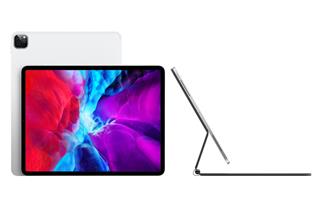
Apple iPad Pros
Apple's new iPad Pros comes with the latest A12Z Bionic chip, an ultra-wide camera, studio-quality...
Photo: Company
- Musk says chip capacity will decide winner of AI race (Mar 21) - EE Times
- Google taps MediaTek for cheaper AI chips (Mar 17) - The Information
- European project gets $260 million for HPC chip sovereignty (Mar 6) - EE Times
- The trouble with MAGA's chipmaking dreams (Mar 3) - Economist
- Automotive chips: Gloom and doom or boom by 2030? (Feb 14) - EE Times
- Deepseek is more Wall Street than Silicon Valley (Feb 3) - Culpium, by Tim Culpan
- Tech CEOs try to reassure Wall Street after DeepSeek shock (Jan 30) - Wall Street Journal
- TSMC to make chips for cryptominer Bitdeer at new US fab (Jan 17) - Culpium, by Tim Culpan
![]() Interview with Ceva CEO: Neural networks gradually replacing traditional DSP; targeting edge AI in the IP market
Interview with Ceva CEO: Neural networks gradually replacing traditional DSP; targeting edge AI in the IP marketIP provider Ceva has been actively entering the edge AI sector in recent years. In an interview with...
![]() MWC 2025
MWC 2025The 2025 Mobile World Congress (MWC 2025) was held in Barcelona, Spain, from March 3 to March 6. A gathering for industry leaders and members of the...
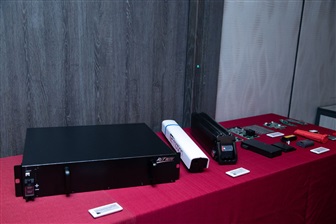
AI server BBU and Taiwan players, 2025
Taiwan-based power supply giants will benefit from rising demand for AI servers as the application's adoption of BBUs is set...

Tesla AI development in EVs and robots
Tesla leads the trend of automakers deploying humanoid robots, with reducing labor workforce as the initial goal.

India 5G market and development, 2025
India is rising to become a major 5G nation and a growth driver for the global telecom market in 2025.






